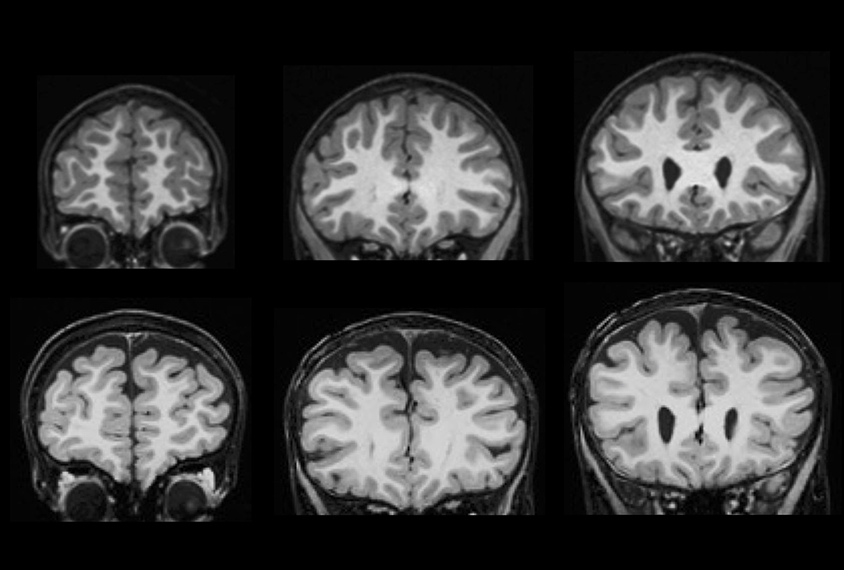
Young children with autism may show brain-fluid buildup
Autistic children aged 2 to 4 have about 15 percent more fluid between their skull and their brain than their typical peers do.
Autistic children aged 2 to 4 have about 15 percent more fluid between their skull and their brain than their typical peers do, a new study suggests1. The findings hint that excess fluid could serve as an early signal for autism.
The study is the third in five years to point to excess ‘cerebrospinal’ fluid — the fluid in the brain and spinal cord — in children with autism. The first of these found that infants with autism whose siblings also have the condition have 20 percent more brain fluid than controls do2. Last year, the same team confirmed the findings in hundreds of infants3.
In the new work, they found that the excess brain fluid persists at age 4. “It’s not something that is present at 6 months and then goes away and resolves itself,” says study investigator Mark Shen, assistant professor of psychiatry at the University of North Carolina at Chapel Hill.
The findings suggest that the fluid could serve as a biological marker for autism, Shen says. “It could inform us about early detection of autism risk because we’re seeing this so early.”
Little is known about how the fluid might relate to autism. It washes away inflammatory proteins in the brain, and a buildup is apparently harmless in some children. But in autistic children, it could signal a problem with the clearing process.
Despite the lack of a mechanistic link, the work is valuable, says Geraldine Dawson, professor of psychiatry and behavioral sciences at Duke University in Durham, North Carolina, who was not involved in the research.
“There are so few early biomarkers associated with risk for autism that any advances in this direction are a major step forward,” Dawson says.
Poor circulation:
Shen and his colleagues recruited 159 autistic children and 77 typical children as part of the Autism Phenome Project at the University of California, Davis. Of the autistic children, 27 have a sibling with autism and were therefore considered to be at high risk for the condition before they received a diagnosis; 132 were at average risk.
The researchers scanned the children’s brains during sleep, using magnetic resonance imaging. They confirmed the children’s autism diagnoses using standard tools and assessed the children’s sleep habits from two parent questionnaires.
The team found wide variability in brain-fluid levels among both typical and autistic children. But on average, the autistic children have significantly more fluid, even after accounting for brain and body size. The team did not find any sex differences.
Among those with autism, the high- and average-risk groups seem to have about the same level of brain fluid on average. This suggests that the trend is associated with the condition rather than with specific family genetics.
“[This] is important; they’re showing the generalization,” says Eric Courchesne, co-director of the Autism Center of Excellence at the University of California, San Diego, who was not involved in the work.
The autistic children also have larger heads, on average, than their typical peers do. A large head, or macrocephaly, is a known feature of some children with autism. A statistical analysis revealed that brain fluid and brain volume both contribute to the autistic children’s macrocephaly.
Shen and his colleagues also found an association between high levels of fluid and sleep problems among the children with autism. The brain circulates the fluid more rapidly during sleep, Shen says, so it’s possible that impaired circulation can disrupt sleep. Extra fluid is not related to sleep troubles in typical children, the researchers reported in September in Lancet Psychiatry.
The researchers plan to monitor the autistic children in their study to see if their brain fluid remains elevated as they get older.
References:
Recommended reading

Developmental delay patterns differ with diagnosis; and more

Split gene therapy delivers promise in mice modeling Dravet syndrome

Changes in autism scores across childhood differ between girls and boys
Explore more from The Transmitter

Smell studies often use unnaturally high odor concentrations, analysis reveals

‘Natural Neuroscience: Toward a Systems Neuroscience of Natural Behaviors,’ an excerpt
